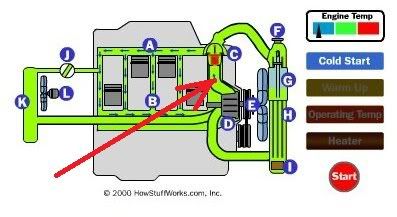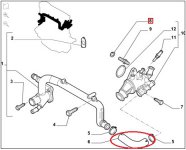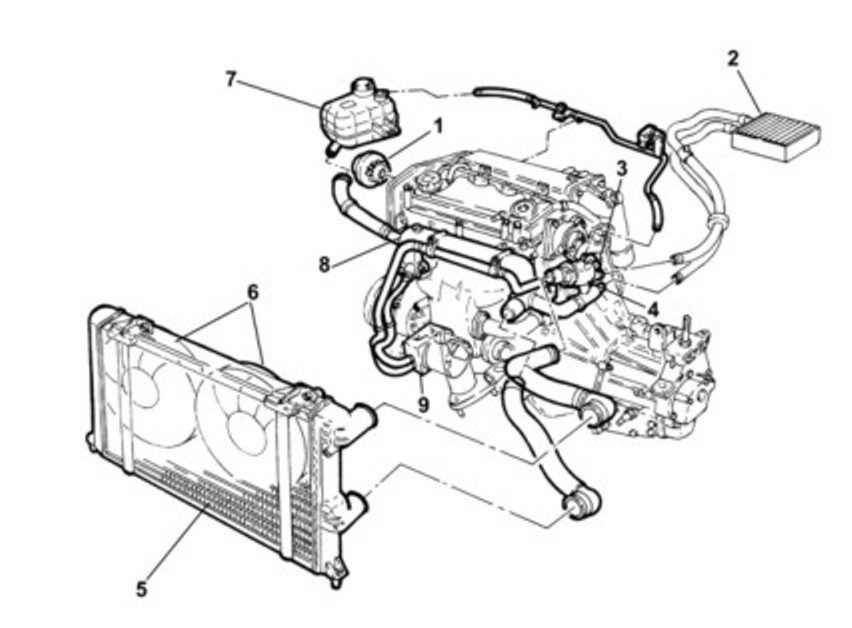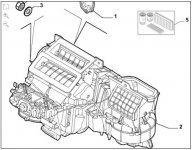Looking at the animation there's only one place to install the heater pump and thats between C(thermostat) and D(water pump).

However, actually doing this is more difficult than I'd expected because that part of the system on the JTD is intergreated into the block, it also requires the highest flow rate as all 3 systems(block, cab heater, radiator) are supplied from that pipe, not sure fitting something in there that could reduce the flow would be a good idea.
I'm thinking a small bore bypass pipe, pump to thermostat may work quite well. Small bore fits the new heater pump perfectly and shouldn't effect flow rates too much when the car is running. If I'm bored later I'll take the covers off our JTD and see if its possible.
This setup looks to me like its being used as a cab heater to heat the cab, not the engine.

However, actually doing this is more difficult than I'd expected because that part of the system on the JTD is intergreated into the block, it also requires the highest flow rate as all 3 systems(block, cab heater, radiator) are supplied from that pipe, not sure fitting something in there that could reduce the flow would be a good idea.
I'm thinking a small bore bypass pipe, pump to thermostat may work quite well. Small bore fits the new heater pump perfectly and shouldn't effect flow rates too much when the car is running. If I'm bored later I'll take the covers off our JTD and see if its possible.

Just got this pic off the Kenlowe site which shows their installation on the return hose from the matrix. I wonder if this matrix has a shutoff valve? In which case, I wonder what the built in pump is doing to circulate coolant. I'll send them an email.
This setup looks to me like its being used as a cab heater to heat the cab, not the engine.
Last edited:







